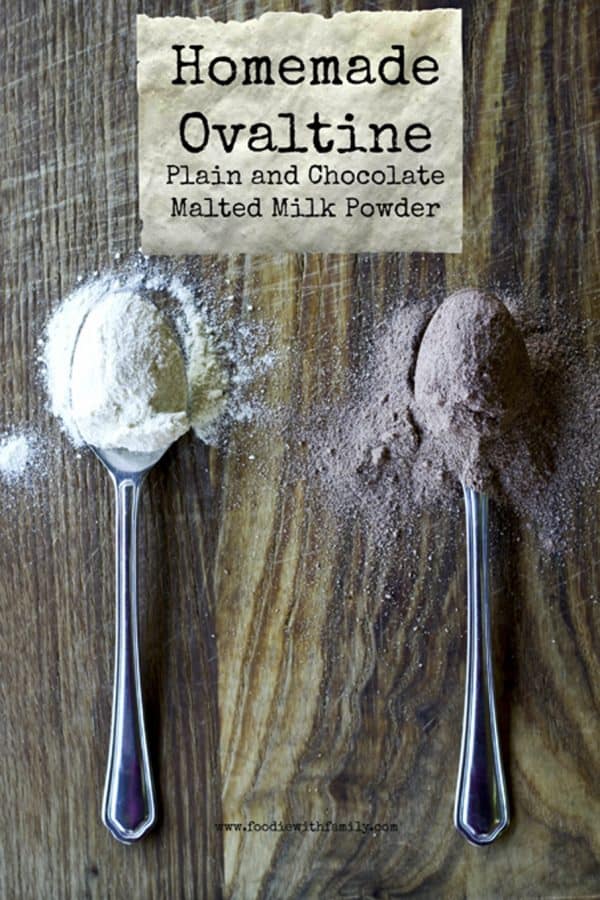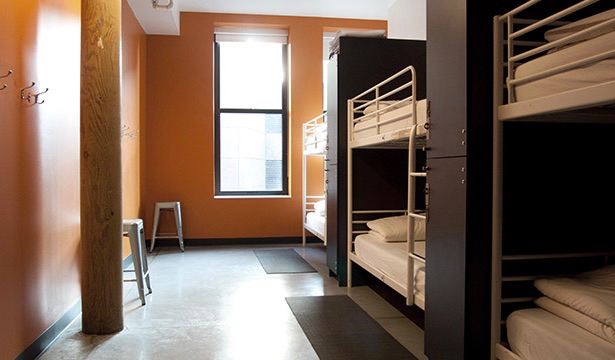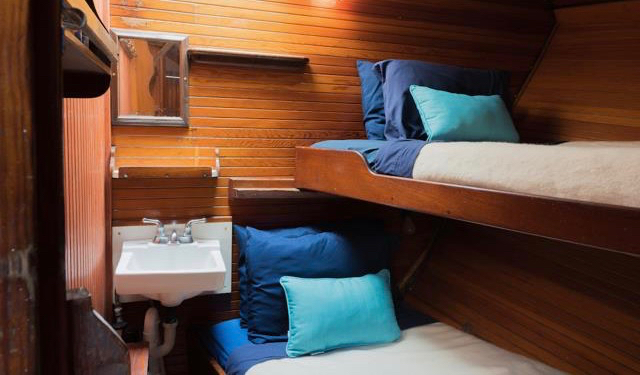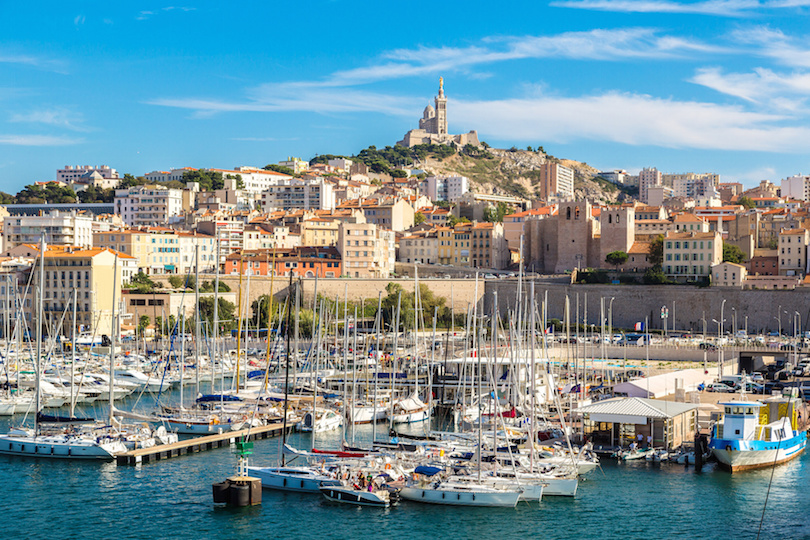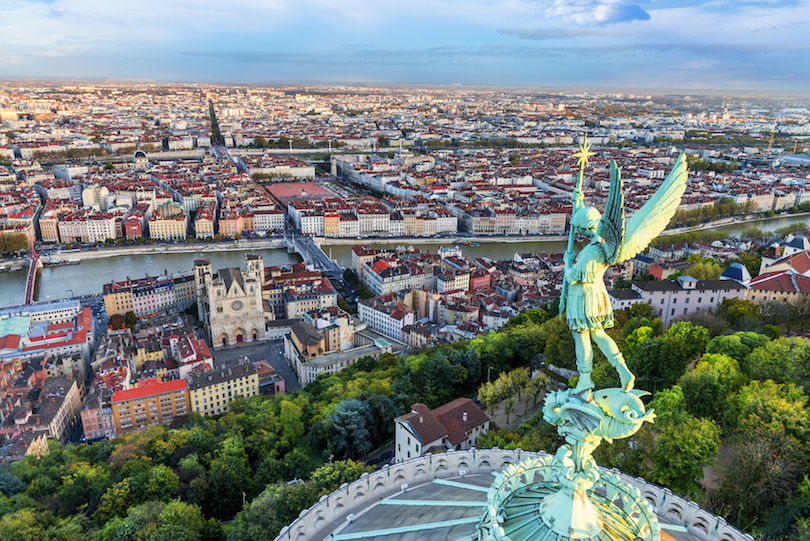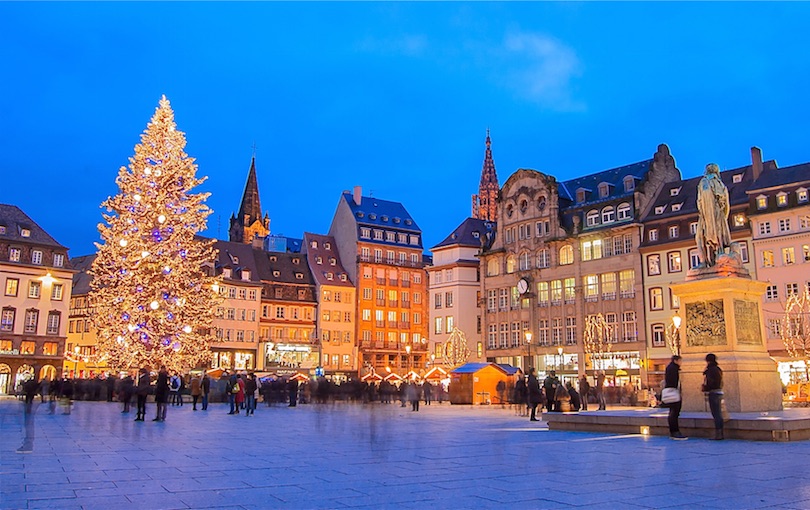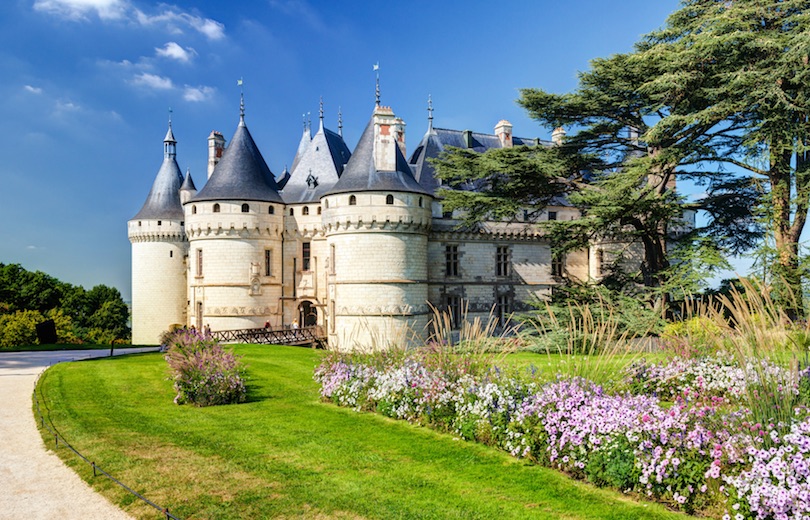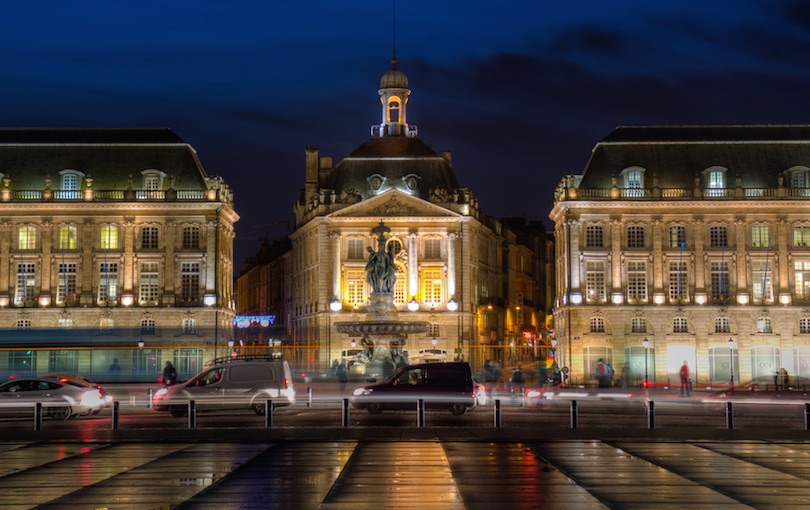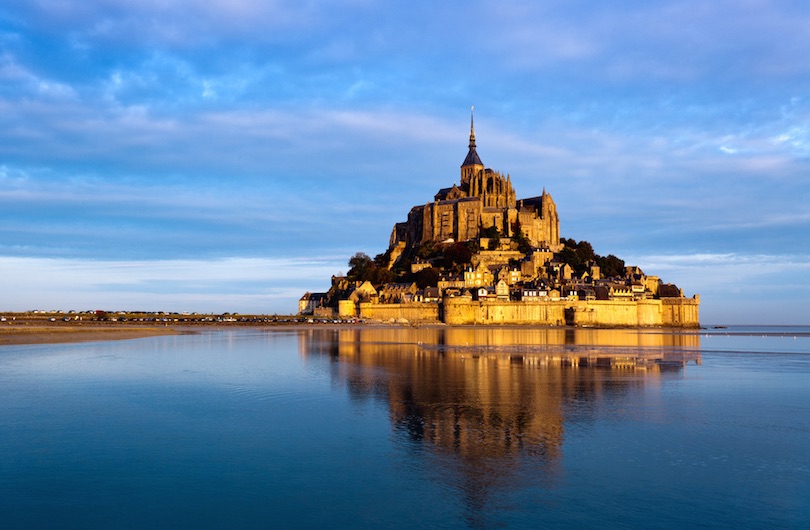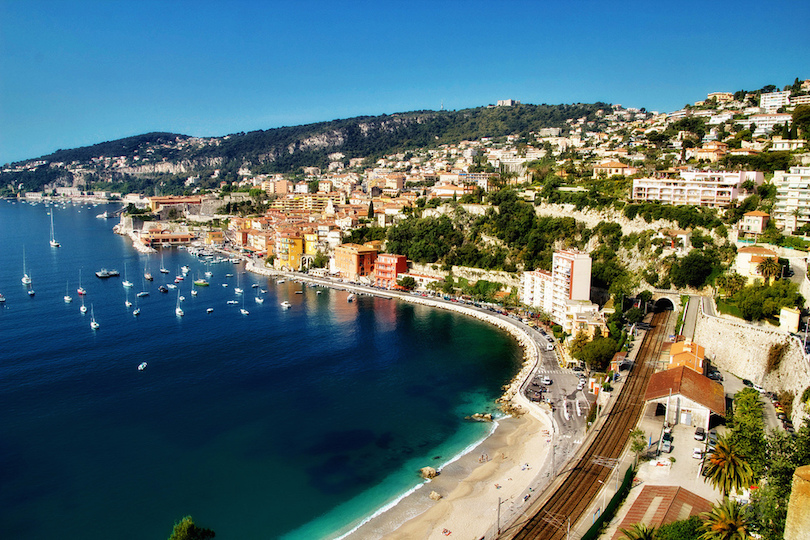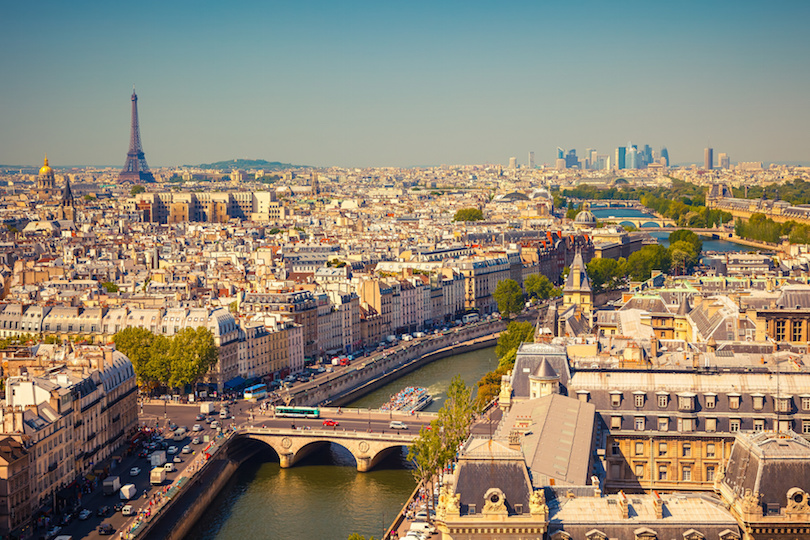One of my little sisters (she of Mapo Dofu fame) is pregnant for the first time. She has been obsessed -and when I say obsessed, I mean O.B.s.e.s.s.e.d. (get the pregnancy joke?)- with chocolate malts. Chocolate malted shakes, particularly, but chocolate malted anything pretty much. She texted me that she was making a chocolate malt cake (this cake, as a matter of fact) this afternoon. I suggested she use homemade malt powder. She asked what I meant. I explained how I make malted milk powder for my kids and have for years. Her response?
“Why have you not blogged this?”
I had no answer.
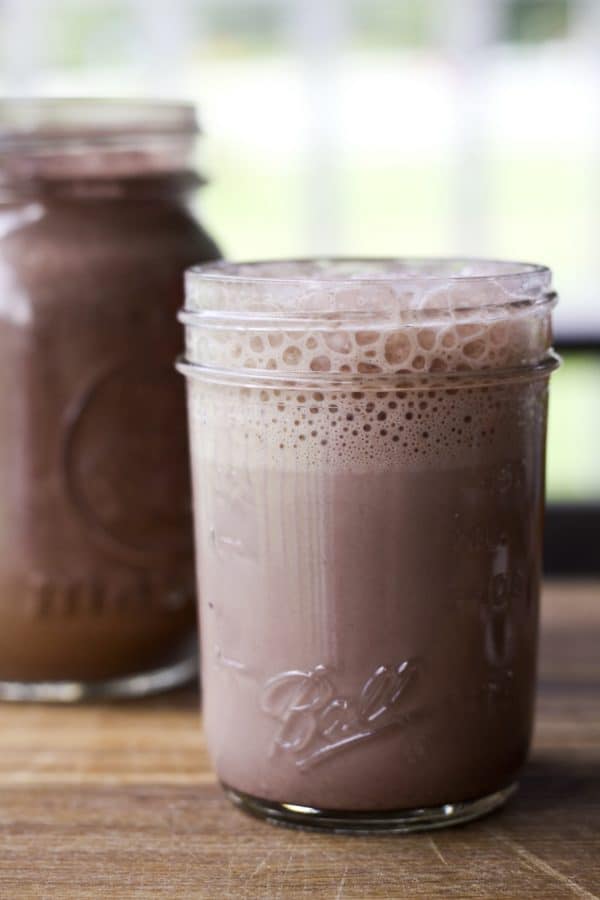
We went on to talk bras, back pain, Julia Child, and other things, like you do… but my mind wandered back to the “Why have you never blogged this?”
So here we go. I’m blogging it now. This has been a pantry staple in our home since back in the only-have-two-kids-day when I calculated how much money I was spending on Ovaltine for my munchkins one of whom would only drink milk with a solid third-of-a-cup of Ovaltine mixed into it. I make my mix without sugar because, well, I’m that kind of mom… But I’m also the kind of mom that lets the kids add sugar to taste so long as ‘to-taste’ does not mean equal parts sugar and milk.
How about serving up an old-fashioned, icy-cold tumbler full of chocolate malted milk for an after school pick-me-up?
Why leave the sugar out of the Homemade Ovaltine Recipe {Malted Milk Powder}?
There are three solid reasons for leaving the sugar out of the malted milk powder when you’re mixing it:
- Most Obvious: You can control how much sugar goes into each cup. Malt powder is already naturally sweet… Adding sugar to taste is almost going to guarantee you a cuppa malted milk that contains less sugar than a commercial mix. Shoot. You could even sweeten it to taste with stevia, xylitol, honey, or agave!
- Less Obvious: Leaving the sugar out of the mix actually helps prevent clumping somewhat.
- Also Less Obvious: You can use the malted milk powder in cooking and baking (think milkshakes, cookies, and the aforementioned cake) without adjusting the other sweetening called for in the recipes.
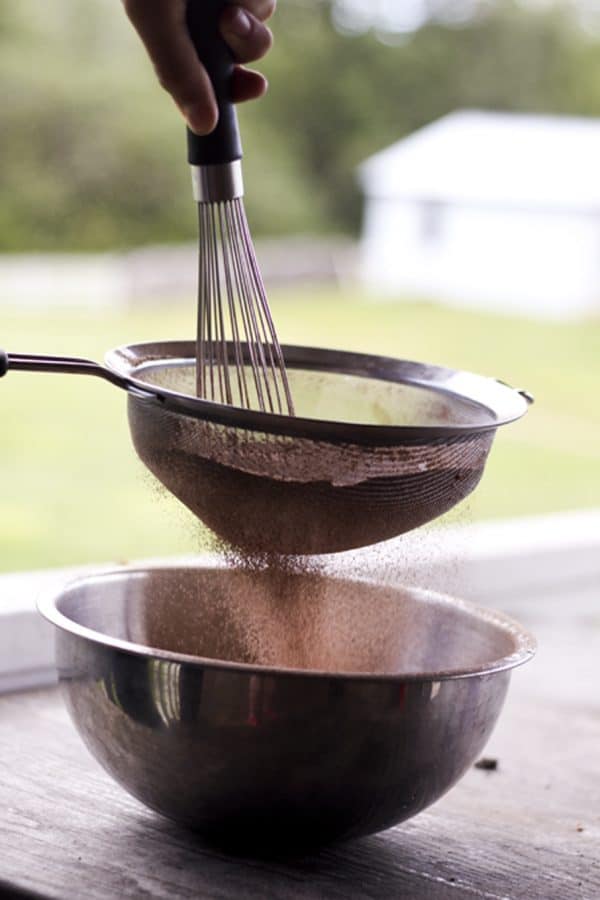
Why make your own Homemade Ovaltine Recipe (Malted Milk Powder)?
It’s WAY less expensive, for starters! You get a pound and a half of malt powder (which can also be used alone in baking in place of sugar to help extend the shelf-life of your bread. In other words, to keep it yummy and fresh longer…) for $10.99 from Amazon.com. You only use six tablespoons of the malt powder in the mixture, which means that you get roughly a bajillion batches of malted milk powder from one thing of malt. I’m sorry. It’s almost the school year. Please excuse me from math for just a couple more weeks?
There’s a real bonus to making your own Homemade Ovaltine (whether it’s plain or chocolate flavoured) other than just saving your pocketbook a little bit; you avoid preservatives and artificial colourings! Score and score!
Where can I get the ingredients to make Homemade Ovaltine Recipe {Malted Milk Powder}:
Well, most grocers carry instant dry milk and cocoa powder. If you’re near a really GOOD grocer, they may even carry malt powder in the baking section… If you -like me- are in the middle of a corn field or just don’t feel like going out, you can certainly order all of the ingredients through my darling Amazon.com. Here’s a list of all the items you will need!
For the Plain:
Barley Malt Powder
Barley Malt Powder
Instant Dry Whole Milk Powder ~OR~ Instant Nonfat Dry Milk
~OR~ Instant Nonfat Dry Milk . Of the two, we vastly prefer the whole milk powder. It has a much richer taste!
. Of the two, we vastly prefer the whole milk powder. It has a much richer taste!
For the Chocolate:
Natural Unsweetened Cocoa Powder 
When something is going to be on my counter top with some frequency, I like it to be pretty. Any container with a tight fitting lid will do the job, but this lovely jar holds a full batch of Malted Milk Powder (whether plain or chocolate) in style.
Cook’s Notes
- There is no getting around it. Our Homemade Ovaltine Recipe {Malted Milk Powder} gets a little clumpy if it’s stored for long periods of time. If it’s used quickly (within a week or two) this isn’t an issue, but any longer than that and you may need to just stick a fork in the jar and break it up a bit.
- This Homemade Ovaltine Recipe{Malted Milk Powder} has no added sugar, but it’s very naturally sweet. Remember that you can use malt in place of sugar in baked goods. Do yourself a favour and taste your malted milk before adding any extra sweeteners! …And if you want added chocolate oomph and sweetness minus sugar, try chocolate stevia drops… It’s kind of one of my favourite things ever. (Add to iced coffee!!!)
- We use this little frother to mix our Homemade Ovaltine Recipe {Malted Milk Powder} into the milk. It dissolves everything and makes the final milk super frothy. What kid doesn’t love frothy milk?
- If you don’t have something like this or want to purchase it, I do recommend mixing your Homemade Ovaltine{malted milk powder} and milk in a blender for a similar effect.

